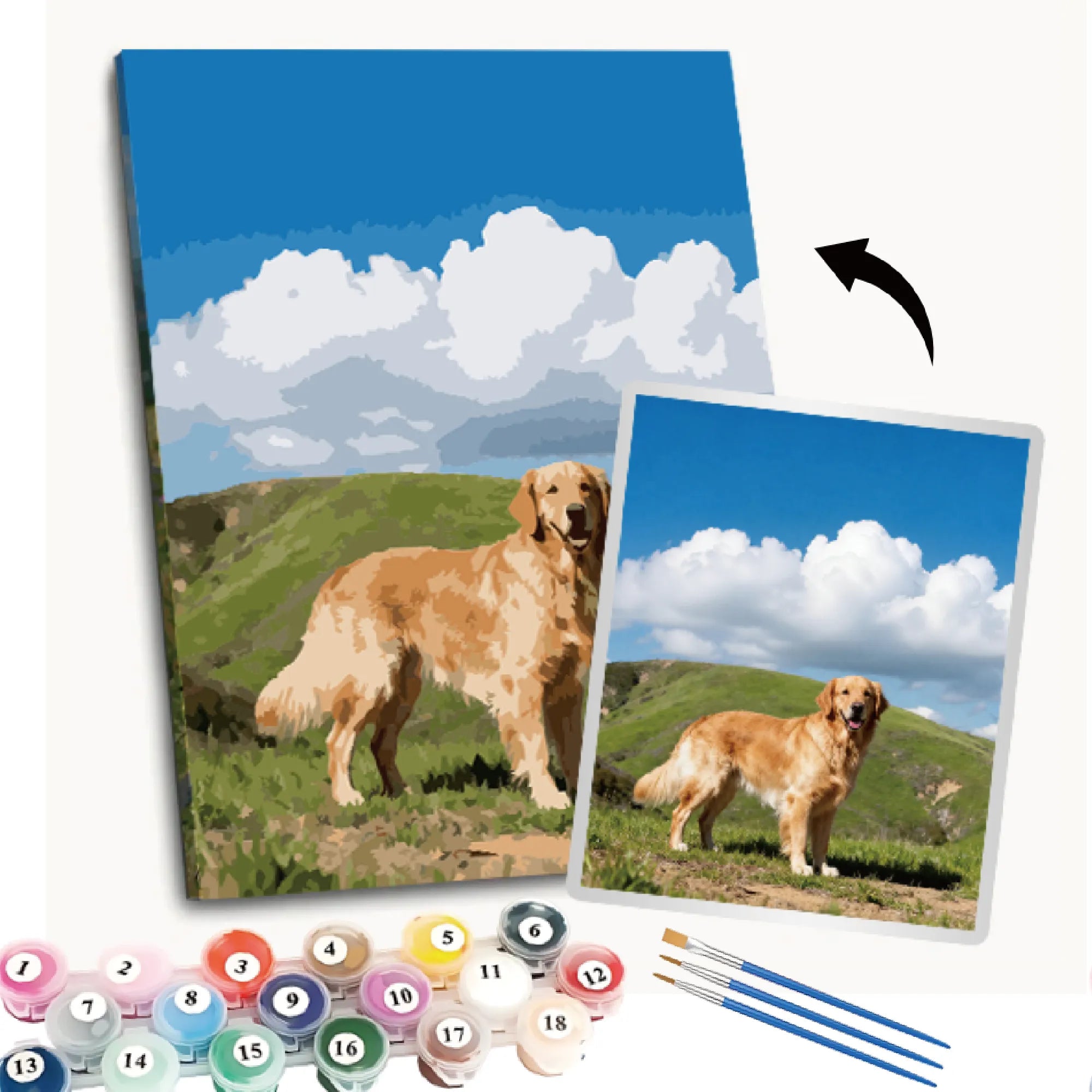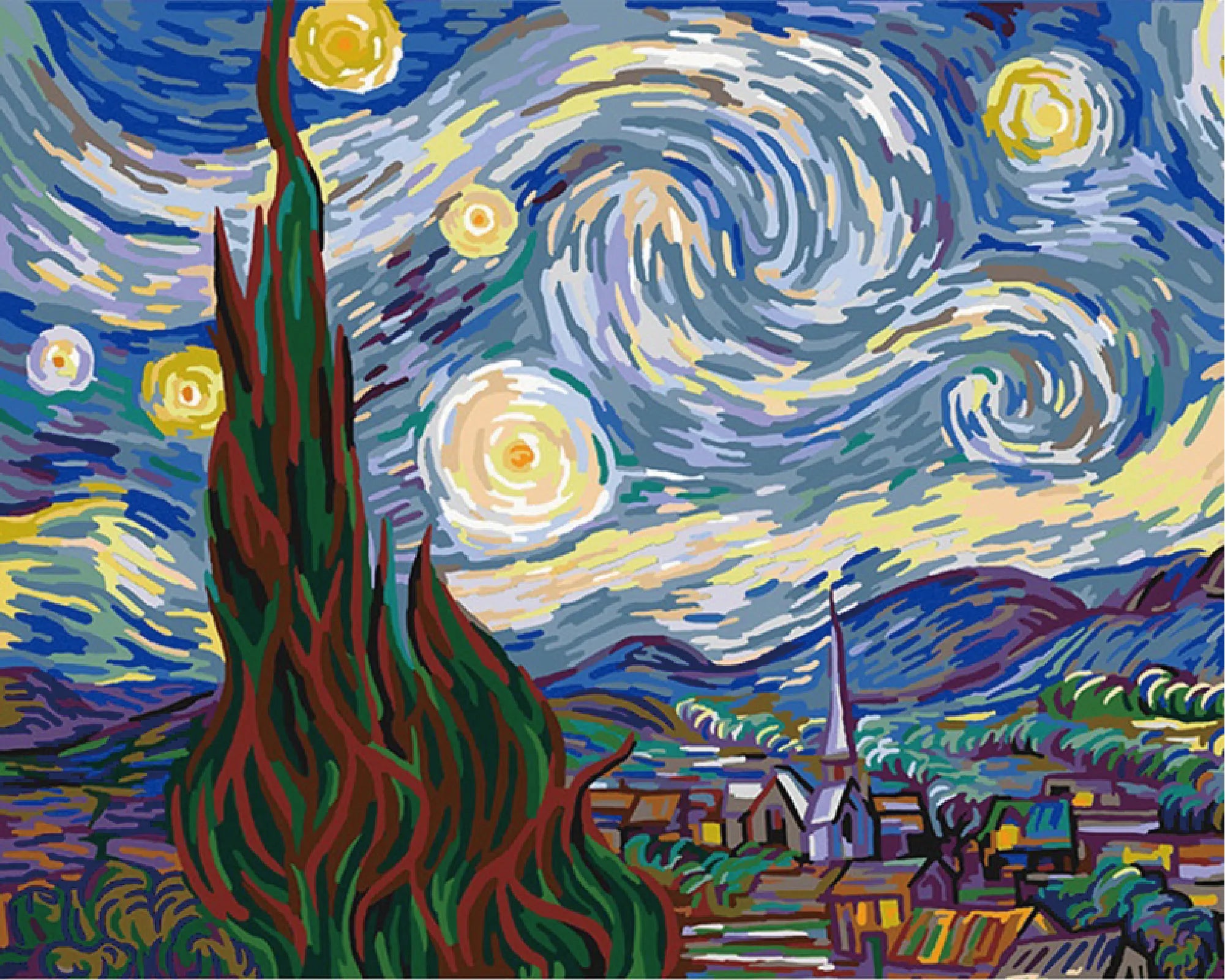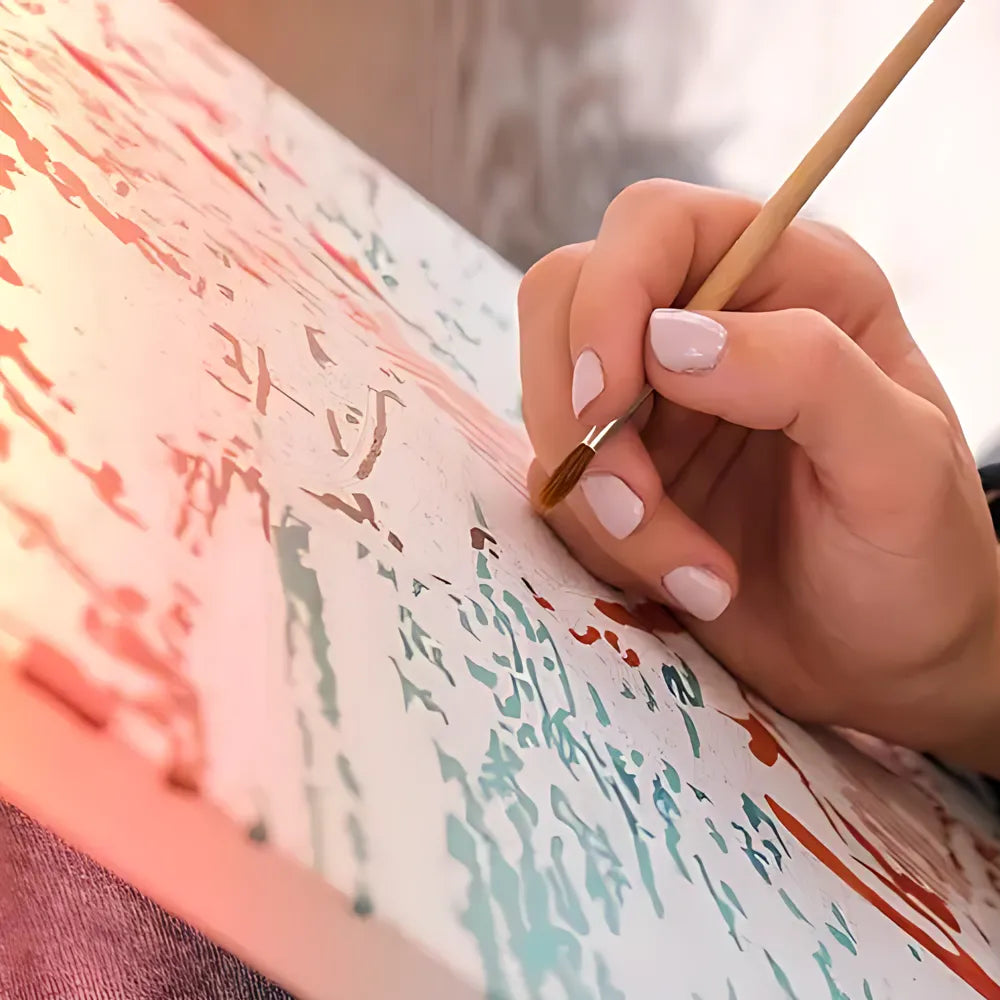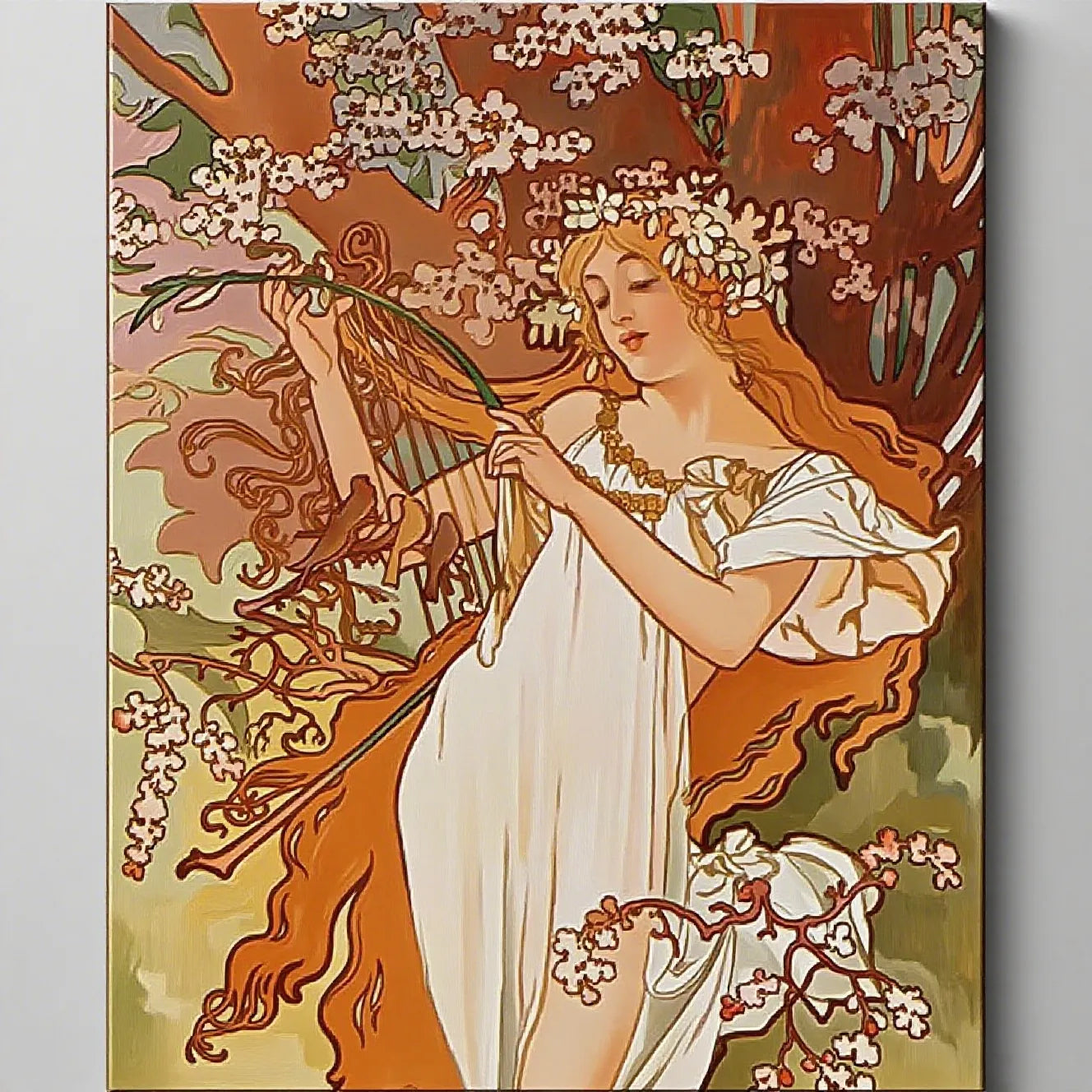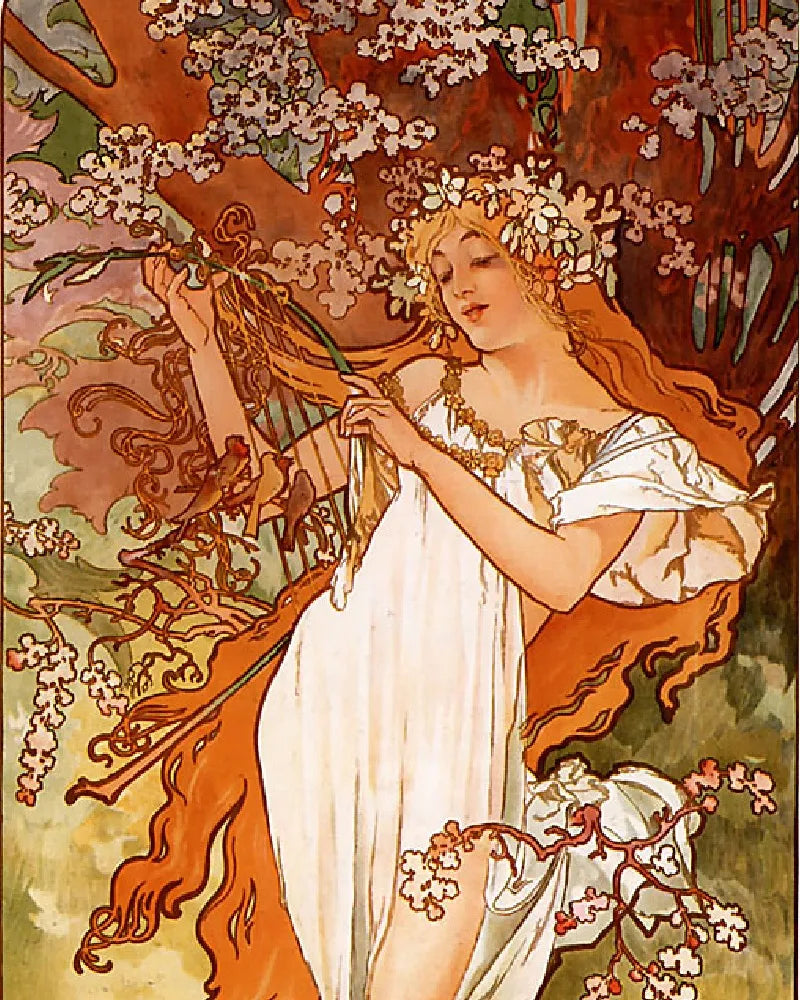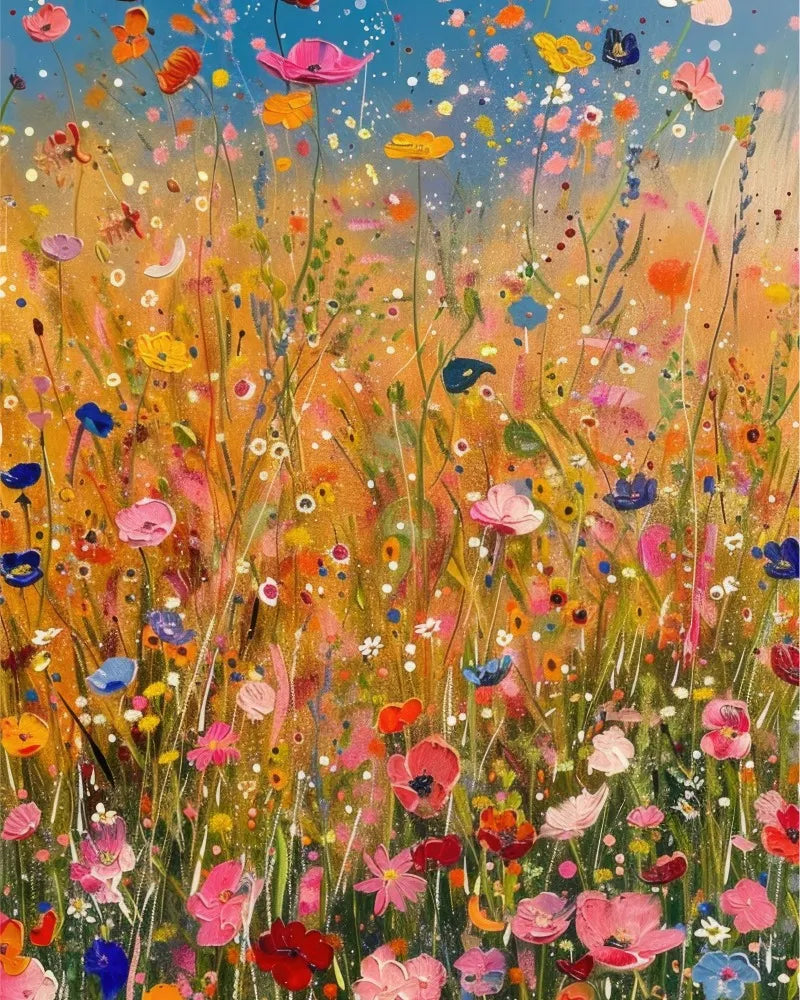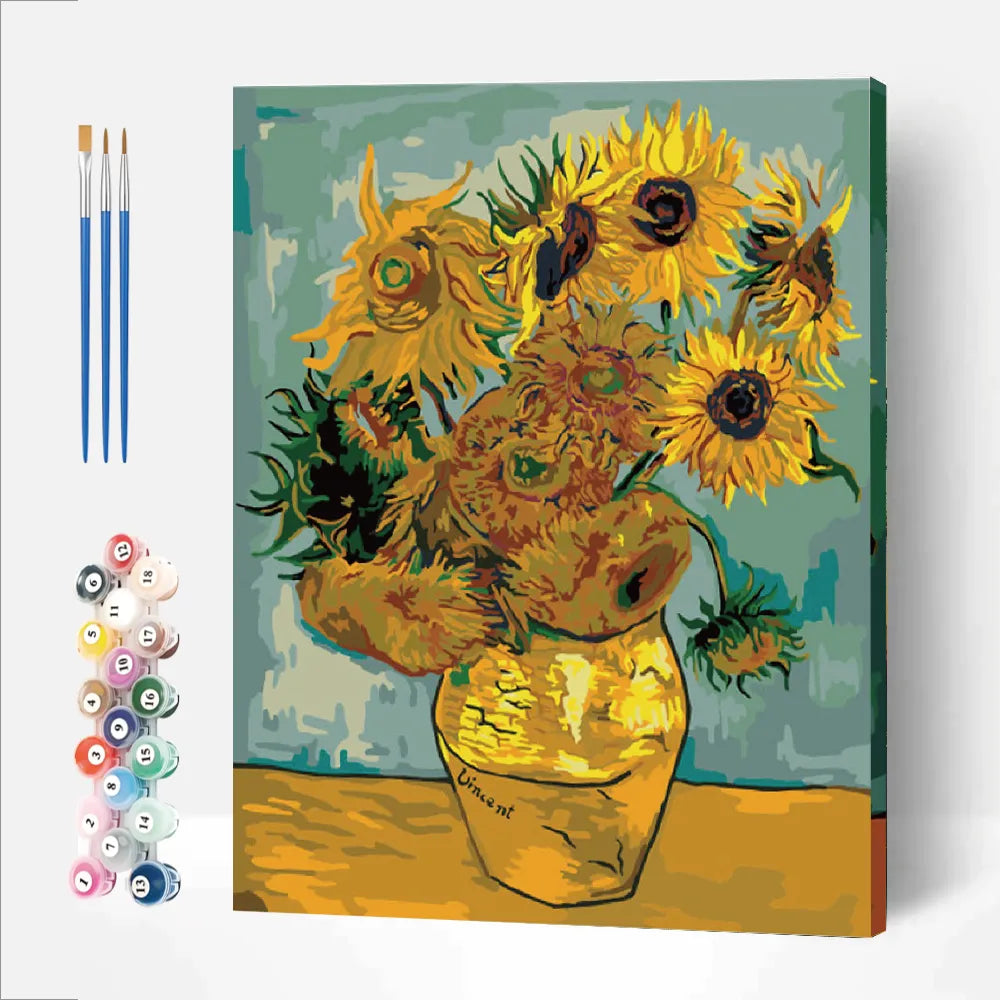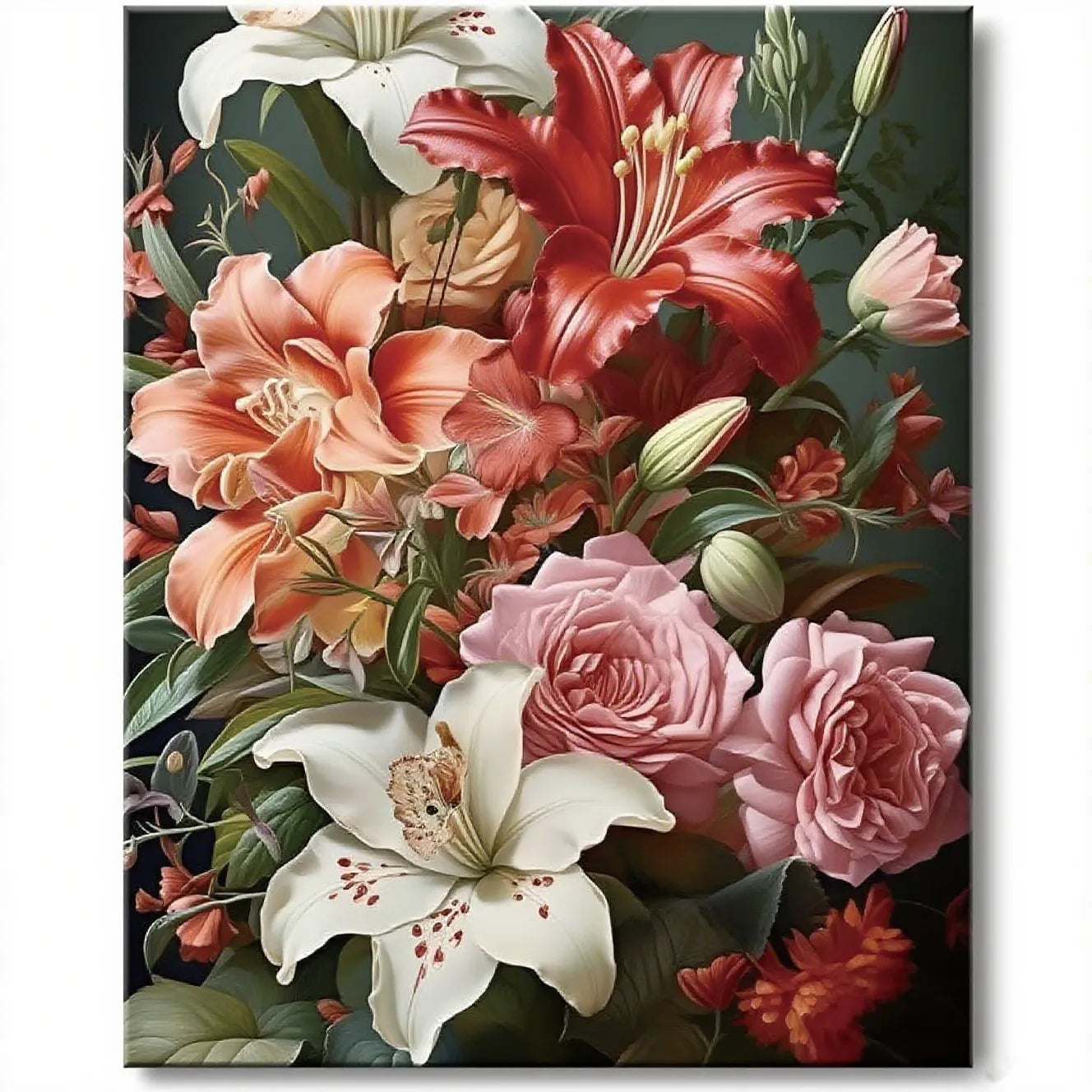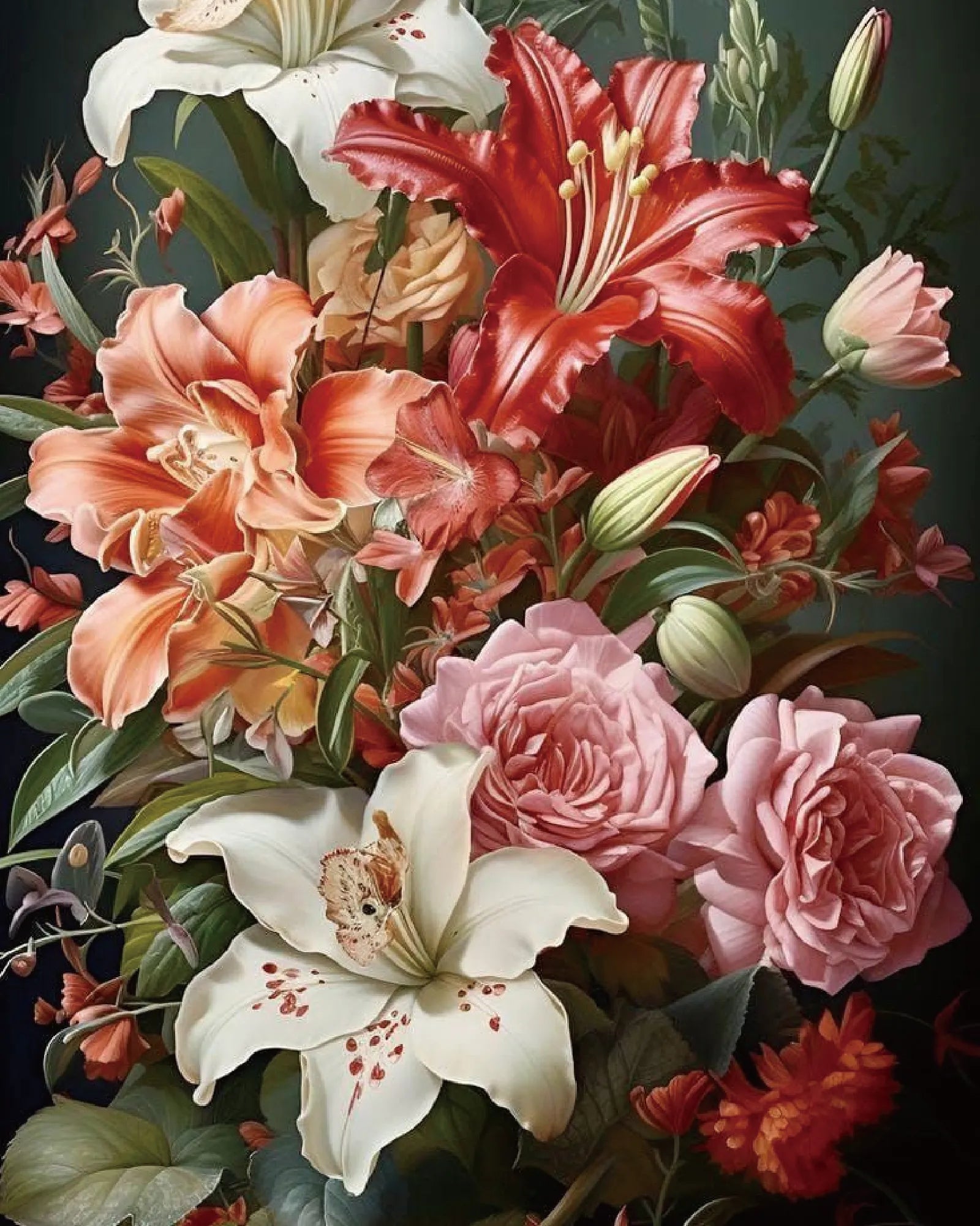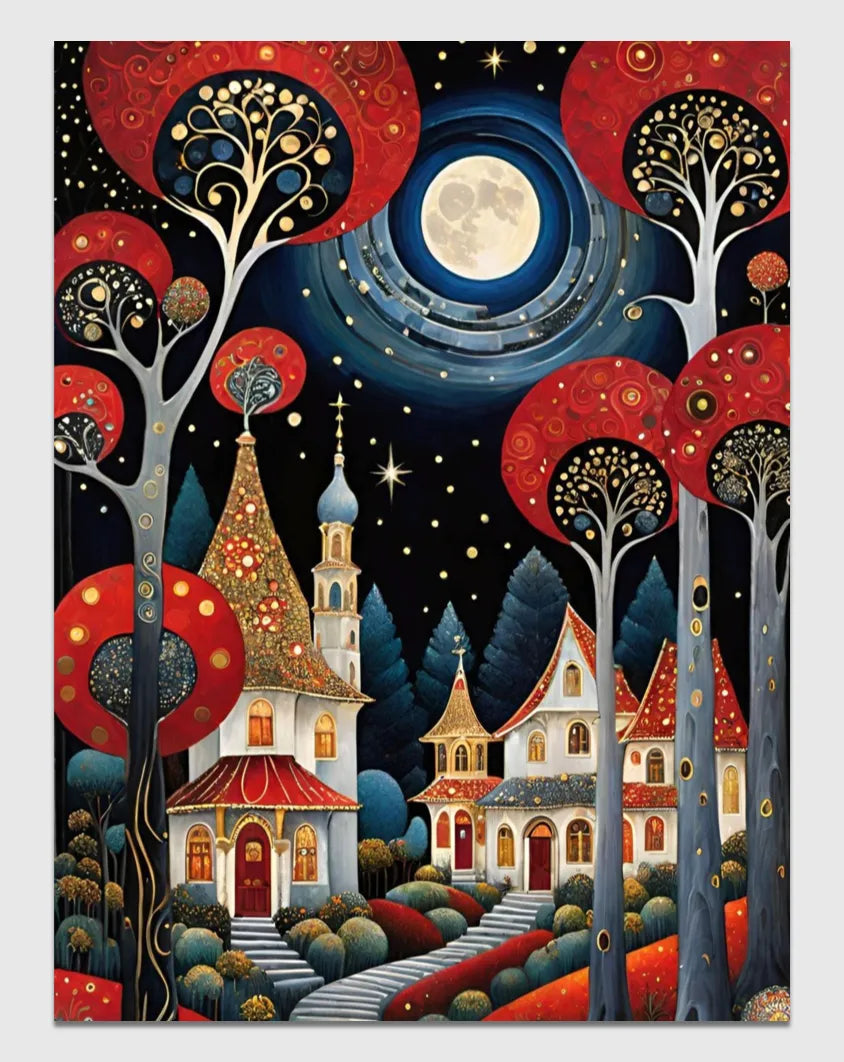Exploring art can be both inspiring and relaxing, and one of the best ways to learn and appreciate it is by recreating famous paintings. Whether you're just beginning your artistic journey or looking for a fun, creative hobby, recreating iconic works of art can boost your confidence and art skills while helping you unwind.
Table of content
-
1. But What If You're Nervous About
Starting? Try Paint by Numbers!
- 1.1 Starry Night – Vincent van Gogh
- 1.2 The Scream – Edvard Munch
- 1.3 Sunflowers – Vincent van Gogh
- 1.4 Water Lilies – Claude Monet
- 1.5 Mona Lisa (Simplified Version) – Leonardo da Vinci
- 1.6 Girl with a Pearl Earring (Simplified) – Johannes Vermeer
- 1.7 The Great Wave off Kanagawa – Katsushika Hokusai
- 1.8 Summer – Alphonse Mucha
- 1.9 The Last Supper (Simplified Version) – Leonardo da Vinci
- 1.10 The Birth of Venus – Sandro Botticelli
- 1.11 The Snail – Henri Matisse
- 1.12 Composition with Red, Blue, and Yellow– Piet Mondrian
- 1.13 The Seasons: Spring – Alphonse Mucha
- 1.14 The Virgin of the Rocks (Simplified) – Leonardo da Vinci
- 1.15 Zodiac – Alphonse Mucha
- 2. Paint Like Famous Artists: Your Journey Starts Here
- 3. Still Feeling Overwhelmed? Try Custom Paint by Numbers!
But What If You're Nervous About Starting? Try Paint by Numbers!
If the idea of tackling easy art to recreate still feels intimidating, paint by numbers is your secret weapon. This guided approach breaks down even the most complex masterpieces into manageable sections, assigning specific colors to numbered areas—think of it as artistic training wheels! For beginners, it eliminates the stress of mixing colors or sketching outlines, letting you focus purely on the joy of creation.
Many kits feature simple famous art like Van Gogh’s Sunflowers or Da Vinci’s Mona Lisa, making iconic pieces accessible to everyone.. The structured process helps you study the artist’s technique up close—notice how Monet layered pastels or how Warhol used flat blocks of color—while building muscle memory for brush control. Plus, completing a sectioned canvas piece by piece delivers satisfying progress, keeping motivation high.
In this guide, we’ve curated a collection of 15 easy famous paintings to recreate, designed to inspire artists of all skill levels. Whether you’re a curious beginner or a seasoned creator looking for a relaxing project, these simple famous artworks offer the perfect blend of simplicity and artistic depth.
Recreating these works isn’t just about copying—it’s a chance to study timeless techniques, unwind through mindful creation, and celebrate art history in your own style. From Van Gogh’s swirling skies to Warhol’s bold pop art, each piece invites you to pick up a brush, embrace the process, and experience the joy of transforming a blank canvas into something extraordinary. Dive in, and discover how easy famous paintings to recreate can ignite your passion for art!
Starry Night – Vincent van Gogh
Vincent van Gogh's Starry Night is an iconic masterpiece that celebrated for its swirling night sky and bold, emotive brushstrokes. The vivid blues and yellows interwoven with expressive textures reflect the artist’s inner turmoil, yet its abstract style makes it surprisingly accessible for recreation. Beginners will find freedom in the painting’s lack of rigid detail—focus on blending techniques to mimic the dreamy, layered atmosphere, experimenting with flowing lines and color gradients. Thanks to its forgiving composition and universal appeal, The Starry Night stands out as one of the easy art to recreate, offering a perfect balance of artistic challenge and creative liberation.

The Scream – Edvard Munch
Edvard Munch’s The Scream is a haunting portrayal of existential angst, with its distorted figure and fiery sky capturing universal anxiety. Its simplified forms and dramatic color contrasts—think blood-red clouds against a dark fjord—invite bold experimentation. Beginners can embrace its raw energy using acrylics, pastels, or even digital tools, interpreting the iconic scene without pressure for realism. ideal for easy famous paintings, its minimalist shapes and emotional intensity make it a cathartic project for artists exploring expressionism.

Sunflowers – Vincent van Gogh
Van Gogh’s vibrant Sunflowers series celebrates the beauty of nature through thick, textured brushstrokes and radiant yellows. The composition—a simple vase of blooms against a warm background—is both lively and approachable. Beginners can experiment with impasto techniques to mimic the tactile petals, while focusing on bold color contrasts. Its cheerful subject and forgiving structure make Sunflowers one of the simple famous artwork, ideal for artists seeking a joyful, light-filled project.

Water Lilies – Claude Monet
Monet’s Water Lilies series (1899–1926) immerses viewers in the tranquil beauty of his Giverny pond, blending light and reflection with loose, impressionistic strokes. Recreating this work encourages experimentation with wet-on-wet watercolor or soft oil blending, letting beginners play with color gradients without strict detail. Its abstracted natural forms rank it among the most easy art to recreate for those seeking a meditative, visually soothing project.

Mona Lisa (Simplified Version) – Leonardo da Vinci
Leonardo da Vinci’s enigmatic Mona Lisa (1503–1506), celebrated for its mysterious smile and masterful sfumato technique, becomes surprisingly approachable in a simplified adaptation. By focusing on her iconic expression and tonal contrasts—while omitting the intricate background—beginners can practice soft facial shading and the subtle gradient of her lips using charcoal or monochromatic paints. This stripped-down version transforms the Renaissance legend into a simple famous artwork, perfect for studying portraiture essentials.

Girl with a Pearl Earring (Simplified) – Johannes Vermeer
Vermeer’s 1665 masterpiece, often dubbed the “Dutch Mona Lisa,” captivates with its luminous subject and striking pearl earring. A simplified reinterpretation highlights bold contrasts between the figure’s radiant skin and the dark backdrop, reducing intricate details like the turban’s folds to broad, expressive strokes. Focus on capturing the serene gaze and the pearl’s reflective sheen with basic light-shadow techniques, making it one of the most famous paintings easy to recreate for aspiring portrait artists.

The Great Wave off Kanagawa – Katsushika Hokusai
Hokusai’s 1831 woodblock print masterfully contrasts a towering blue wave with Mount Fuji’s stillness. Focus on curved lines and the interplay of indigo and white to capture its dynamic energy. Simplify details for a striking yet manageable project, using ink, watercolor, or digital tracing. Its iconic status and adaptable style secure its place as a simple famous artwork for lovers of traditional Japanese art.

Summer – Alphonse Mucha
A defining work of the Art Nouveau movement, Mucha’s 1896 Summer features flowing lines, floral motifs, and a serene female figure embodying the season’s vitality. Its decorative borders and soft pastel palette—think golden wheat and blooming poppies—make it ideal for beginners to practice graceful curves and organic patterns. Focus on outlining the figure’s ethereal form and filling in intricate botanical details at your own pace. With its balanced composition and whimsical charm, Summer stands as a whimsical easy art to recreate for lovers of vintage elegance.

The Last Supper (Simplified Version) – Leonardo da Vinci
Da Vinci’s 1498 Renaissance masterpiece, depicting Christ and his apostles, is renowned for its dramatic composition and symbolic depth. A simplified version focuses on the central figures and basic geometric layout—elongated table, arched windows—while reducing intricate facial expressions and background details. Use muted tones and bold outlines to highlight the group’s dynamic interactions. This adaptation makes The Last Supper an easy famous painting to recreate for those intrigued by religious art and storytelling through minimalistic design.

The Birth of Venus – Sandro Botticelli
Botticelli’s 1485 Renaissance icon portrays the goddess Venus emerging from a seashell, surrounded by flowing drapery and ethereal figures. The painting’s soft curves, pastel palette (think seashell pinks and ocean blues), and decorative details offer a gentle introduction to classical mythology in art. Beginners can simplify the waves and wind-blown hair into flowing shapes, using watercolors or digital tools to mimic its dreamlike grace. As a celebration of beauty and movement, The Birth of Venus ranks among a simple famous artwork for lovers of mythological themes and delicate aesthetics.

The Snail – Henri Matisse
Matisse’s 1953 cut-out collage The Snail bursts with playful color blocks arranged in a spiral, celebrating simplicity and joy. Skip traditional brushes and try paper cut-outs, stickers, or digital apps to mimic its vibrant energy. This work’s freedom from technical precision makes it an easy art to recreate, inviting artists of all ages to explore shape and color boldly.

Composition with Red, Blue, and Yellow– Piet Mondrian
Mondrian’s 1930 geometric masterpiece strips art to its essence: primary colors and black grids on white. This deceptively simple design challenges creators to focus on precision and balance, perfect for honing patience and symmetry. Using rulers or tape to achieve crisp lines, even novices can recreate its modernist harmony. Its structured clarity cements it as a simple famous artwork for lovers of clean, impactful design.

The Seasons: Spring – Alphonse Mucha
Part of Mucha’s 1896 The Seasons series, Spring captures Art Nouveau elegance with flowing lines, floral motifs, and a graceful figure symbolizing rebirth. Its pastel palette and botanical details—blooming cherry blossoms, swirling vines—invite beginners to practice organic patterns and soft curves. Focus on the figure’s ethereal posture and stylized flora, using repetitive lines to build rhythm. This balanced composition makes it an easy famous painting to recreate for lovers of decorative, nature-inspired art.

The Virgin of the Rocks (Simplified) – Leonardo da Vinci
Da Vinci’s 1480s mystical grotto scene, depicting the Virgin Mary and Christ, uses chiaroscuro and atmospheric depth. A simplified version emphasizes central figures and soft tonal transitions—mute blues and browns for the ethereal glow. Beginners can study Renaissance composition and symbolism without intricate details, turning this into a simple famous artwork ideal for mastering light-shadow contrasts.

Zodiac – Alphonse Mucha
Mucha’s 1896 celestial panel blends astrology and Art Nouveau, featuring a serene figure surrounded by zodiac symbols and gold accents. Simplify the intricate circular borders into basic shapes, focusing on the figure’s expressive gaze and symbolic stars. Its allegorical themes and ornamental geometry make it easy art to recreate for exploring mysticism and structured design.

Paint Like Famous Artists: Your Journey Starts Here
Recreating iconic masterpieces isn’t just about mimicking strokes—it’s about connecting with the minds and emotions of artists who shaped history. By tackling famous paintings easy to recreate, like Van Gogh’s swirling skies or Warhol’s pop art boldness, you’re not only honing technical skills but also stepping into a legacy of creativity. Each brushstroke becomes a dialogue across centuries, proving that art is a universal language anyone can speak.
Whether you’re drawn to the dreamy abstraction of The Starry Night or the structured simplicity of Mondrian’s grids, these projects remind us that great art often begins with small, fearless experiments. Don’t shy away from “imperfections”—Pollock’s drips and Kusama’s dots celebrate the beauty of spontaneity. Remember, every master was once a beginner, and every canvas holds the potential to surprise you.
Beyond skill-building, painting these timeless works offers a sanctuary from daily stress. The rhythmic repetition of Monet’s water lilies or Matisse’s cut-outs can quiet the mind, while the thrill of completing Vermeer’s luminous pearl earring or da Vinci’s enigmatic smile sparks a unique sense of accomplishment. Art, in its purest form, is therapy with a side of triumph.
Still Feeling Overwhelmed? Try Custom Paint by Numbers!
If freehand recreation feels daunting, dip your toes into art with custom paint by numbers kits. These guided canvases transform easy famous paintings to recreate—or even personal photos—into numbered sections, taking the guesswork out of color matching and composition. Imagine recreating The Scream’s fiery sky or your pet’s portrait with the precision of a pro, one numbered zone at a time. It’s the perfect bridge between admiration and creation, proving that with a little structure, anyone can paint like the masters.
So grab a brush, embrace the mess, and let these iconic works guide your hand. Your inner artist is ready to shine!

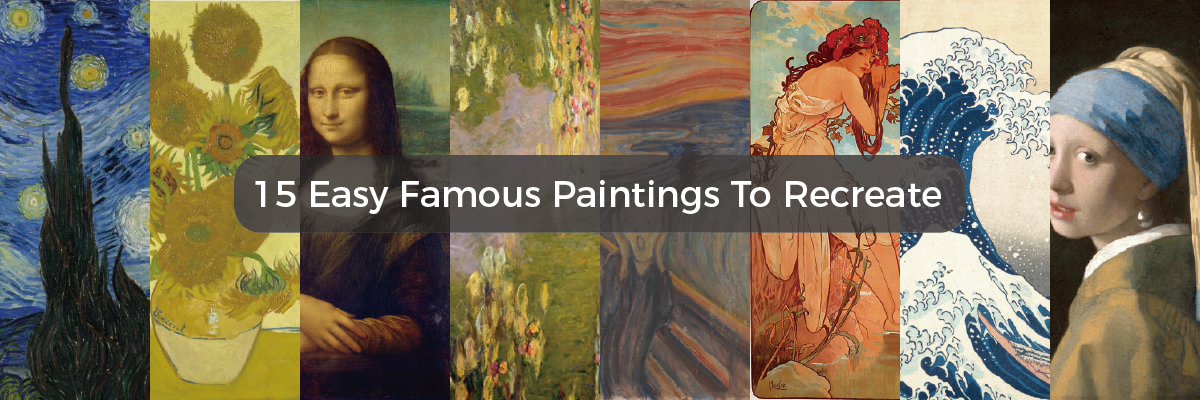
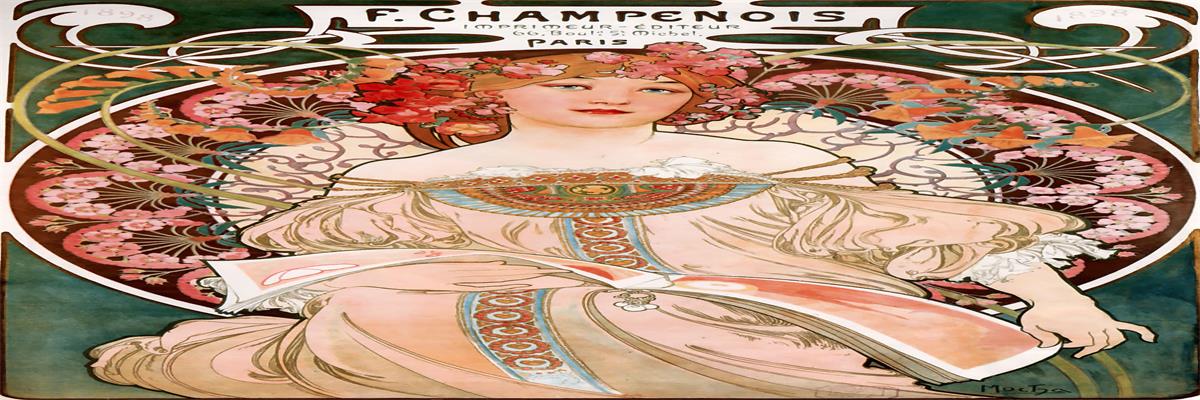
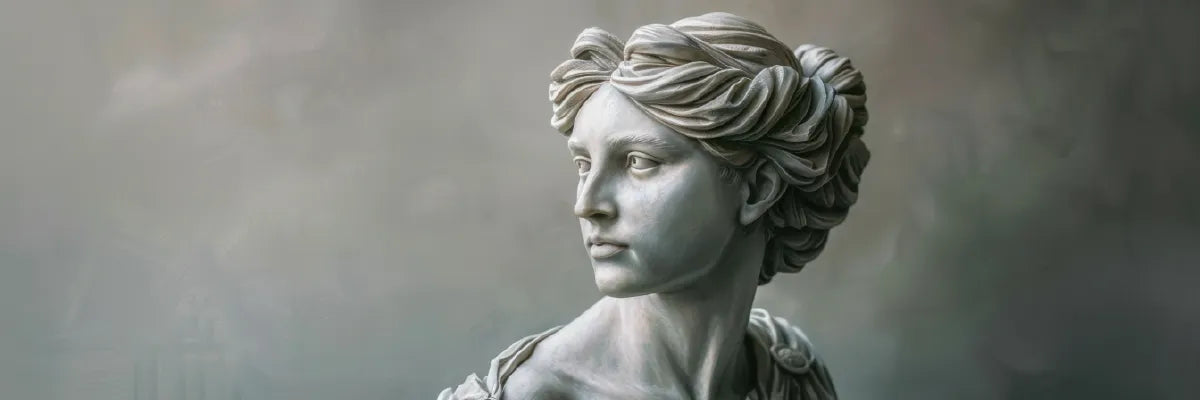
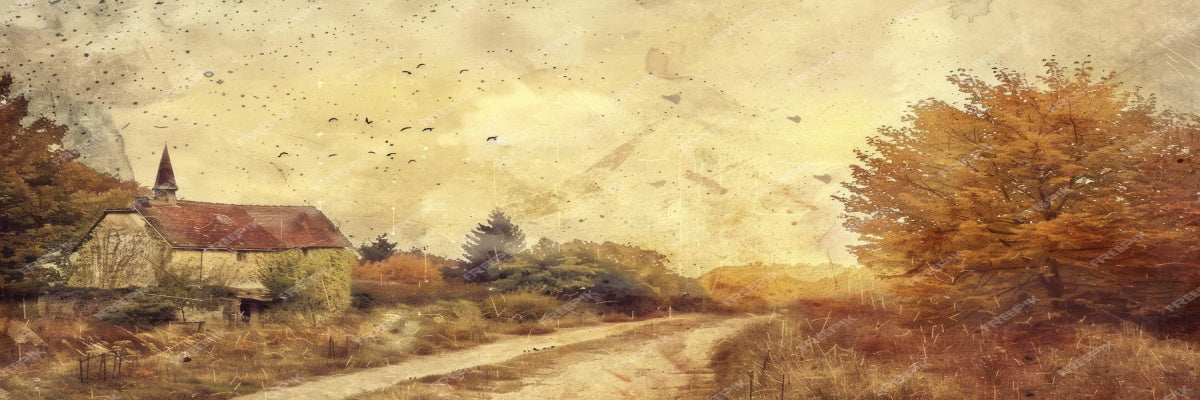
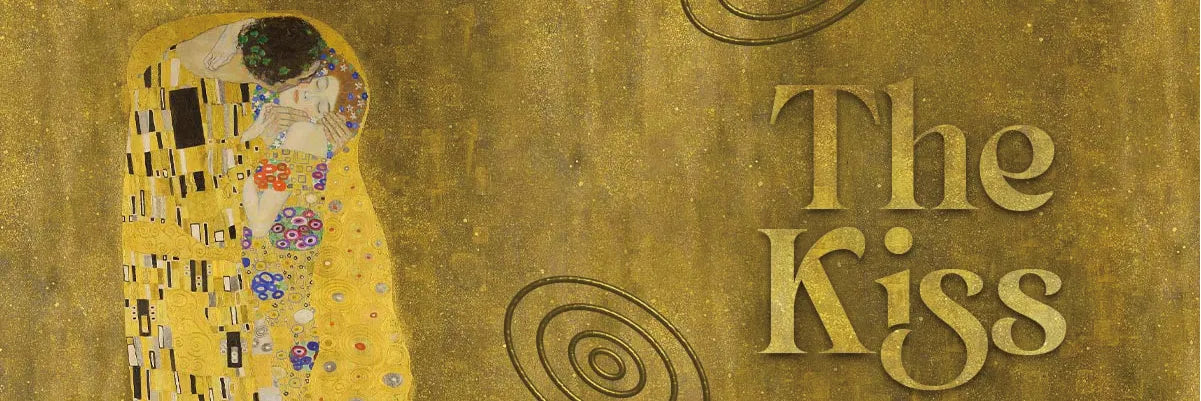
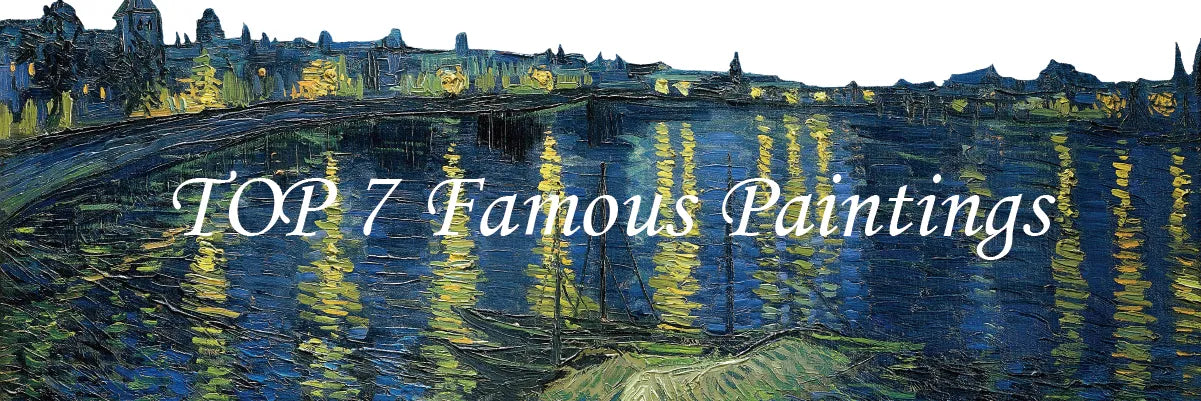
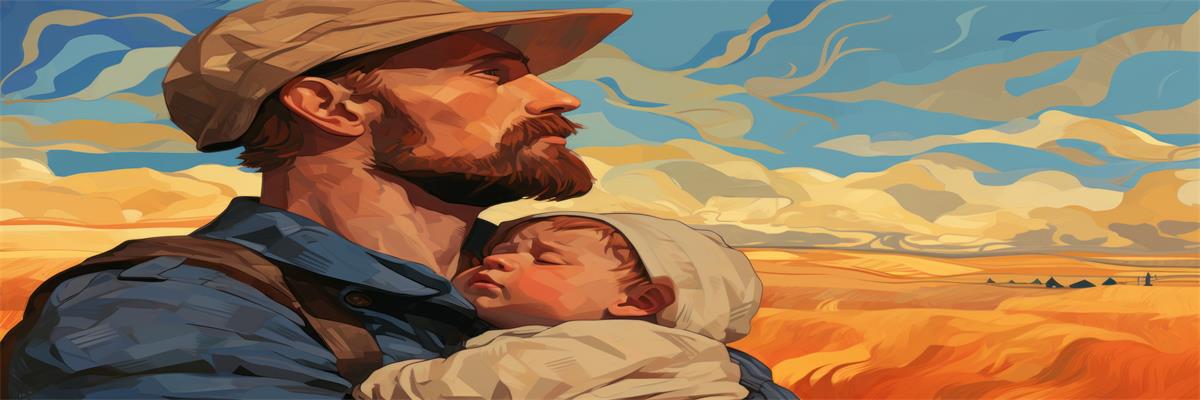
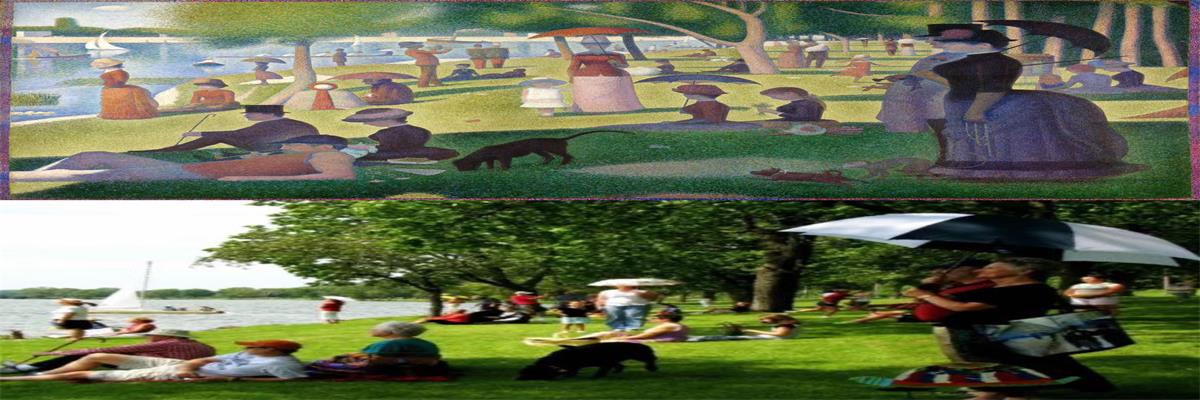
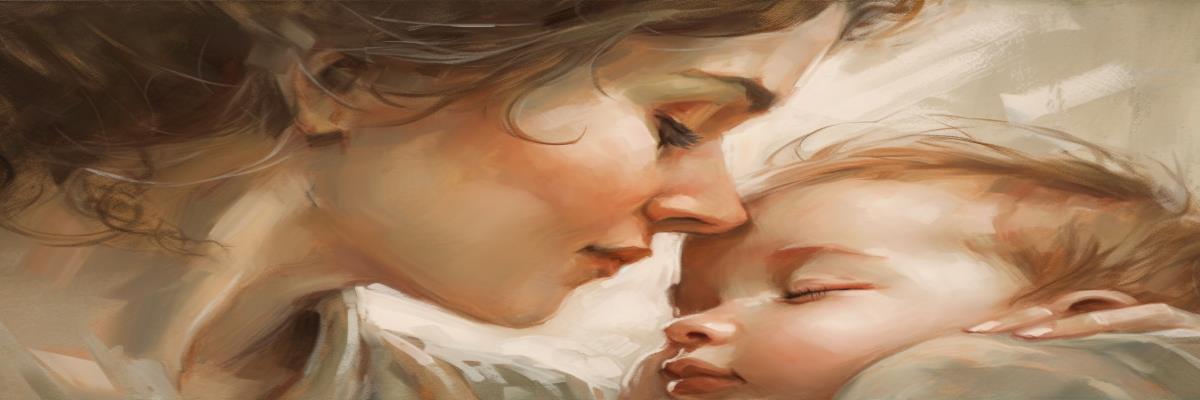


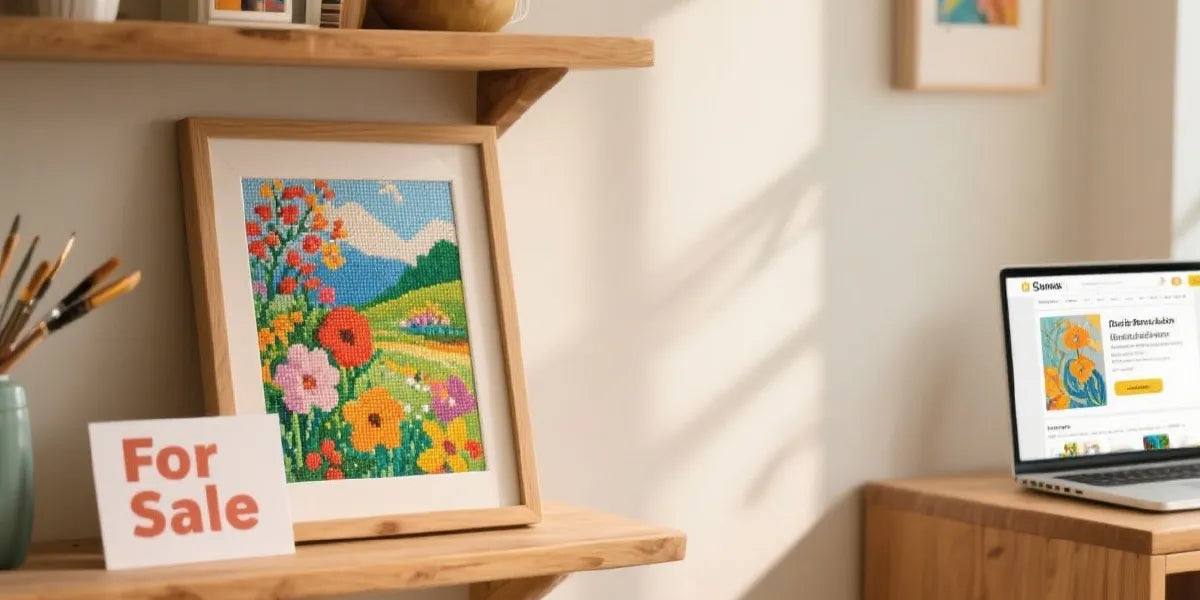
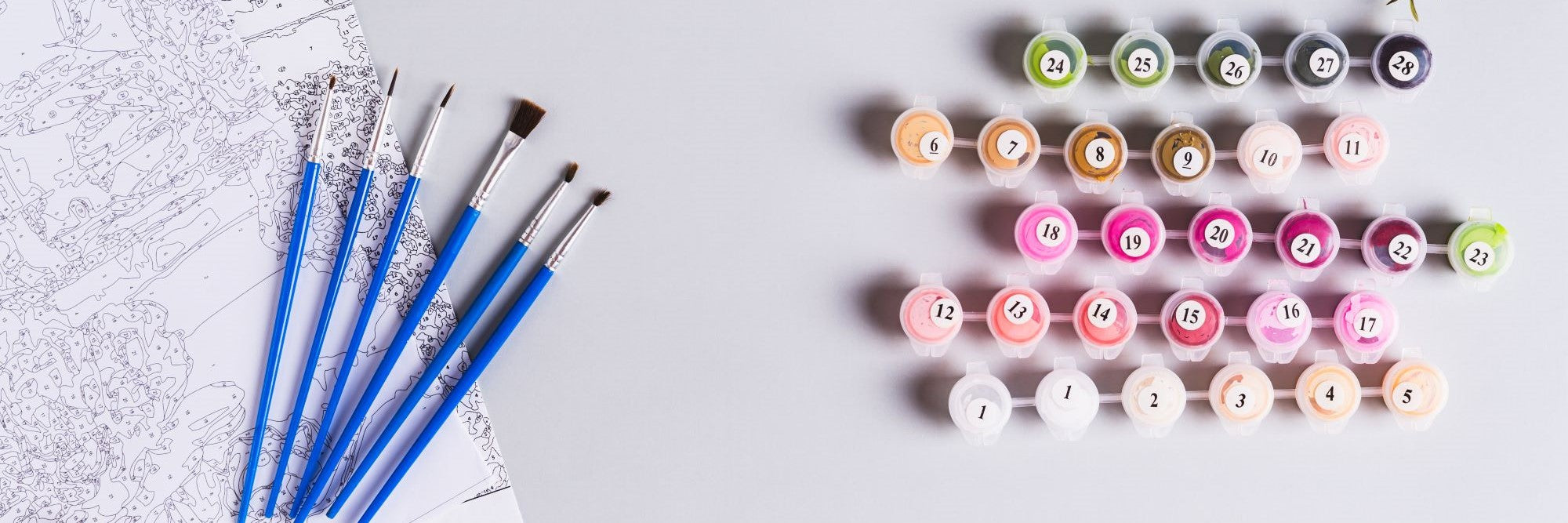

 https://1001canvas.com/blogs
https://1001canvas.com/blogs
